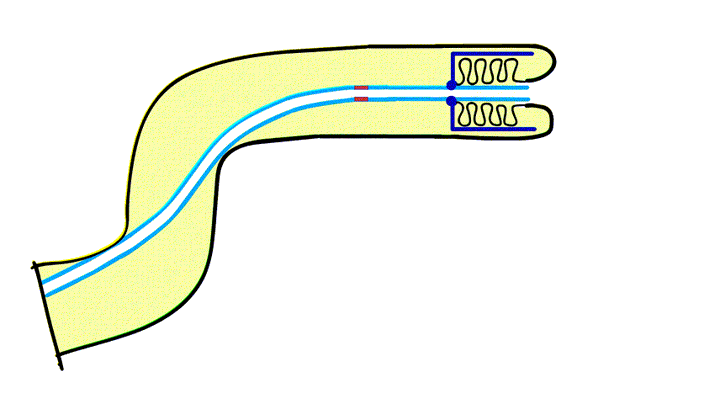Vine Growing Robots

A new subclass of soft robot, known as tip-extending or “vine” robots, consists of long inflatable devices that move through the environment by extending from the tip. A key requirement for many applications of these robots is a working channel - a hollow tube through the core of the robot for passing tools, sensors, fluids, etc. While working channels have been proposed in a few vine robots, it remains an open challenge to create miniaturized vine robots (diameter < 1 cm) with working channels that enable continuous access through the core. In this paper, we analyze the growth models of current vine robot designs and show that the working channel greatly increases required pressure to grow at small scales due to internal friction. Based on this insight, we propose the concept of storing scrunched material at the tip of the vine robot to circumvent this frictional force. We validate our models and demonstrate this concept via prototypes down to diameters of 2.3 mm. Overall, this work enables the creation of miniaturized vine robots with working channels, which significantly enhances their practicality and potential for impact in applications such as minimally invasive surgery.